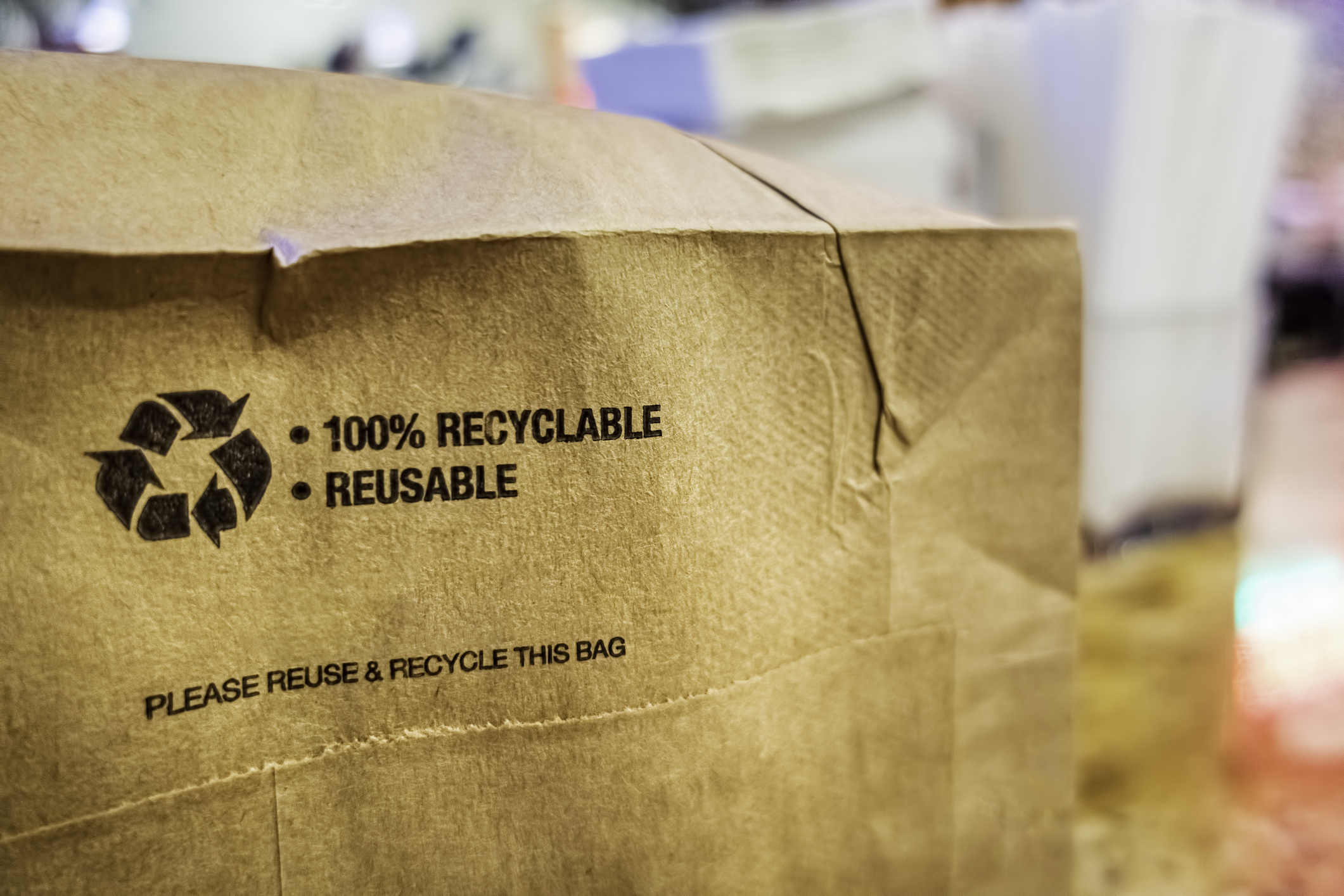
Why Sustainability is Revolutionizing Marketing
Sustainability is no longer just a buzzword—it has become a pivotal factor in shaping marketing strategies for 2025. Today’s consumers demand more than great products or services; they expect brands to align with their values, including environmental and social responsibility.
In this post, we’ll explore how sustainable marketing is transforming the business landscape and provide actionable tips for integrating eco-friendly practices into your digital marketing strategy. Ready to future-proof your brand? Let’s dive in.
The Digital Marketing Trends Driving Sustainability
Embracing Sustainable Practices in Campaigns
To incorporate sustainability into your campaigns, start with small yet impactful steps. Highlight your brand’s commitment to eco-friendly practices through your advertising and messaging. Don’t stop there—ensure your campaigns are reducing their own environmental impact by utilizing platforms and tools designed to lower the digital carbon footprint.
Quick Tips:
- Optimize your website for faster load times, reducing energy use. Faster load times not only improve user experience but also lower the energy consumption of servers and devices. This can be achieved by compressing images, reducing unnecessary code, enabling browser caching, and using Content Delivery Networks (CDNs) to serve content more efficiently. Sustainable website optimization reduces your brand’s environmental impact while enhancing user satisfaction.
- Partner with ad platforms committed to sustainability. Choose advertising platforms that prioritize green practices, such as offsetting their carbon footprint or using energy-efficient data centers. Some platforms even offer tools to calculate and minimize the carbon impact of your campaigns. By partnering with these providers, you align your digital marketing efforts with your broader sustainability goals.
- Replace traditional print materials with digital or recycled alternatives. Transitioning from print to digital materials reduces paper waste and energy usage associated with production and distribution. For essential printed items, opt for materials made from recycled content or sourced from sustainably managed forests. This shift not only supports environmental goals but also resonates with eco-conscious consumers.
By adopting these practices, your brand can not only reduce its impact but also appeal to environmentally conscious consumers.
Green Content Marketing: Educating and Inspiring
Content marketing is a powerful avenue for sharing your brand’s sustainability journey. Use your blog, social media, and video content to educate your audience about your efforts and inspire them to join the movement.
Ideas to Try:
- Share content on your blog and Social Media profiles on how your brand is reducing waste.
- Use videos to showcase behind-the-scenes sustainability efforts. Remember: Your audience won’t know about all of your great initiatives unless you tell them about it.
- Collaborate with organisations and individuals who are passionate about green living and who make a difference in the communities where you operate.
By creating relatable and informative content, you build consumer trust and position your brand as a sustainability leader.
Eco-Friendly Advertising Formats: A Sustainable Approach

As businesses strive to maximize their reach, it’s crucial to consider the environmental impact of their advertising efforts. Traditional marketing methods like printed ads, flyers, and brochures often rely on large volumes, resulting in significant waste and inefficiency. The “spray and pray” approach—hoping to reach the right audience by casting a wide net—frequently wastes resources and energy.
In contrast, digital advertising offers a more eco-friendly solution, especially when optimized for efficiency. By targeting specific audience segments, digital ads can be strategically delivered at the right time and place, reducing unnecessary waste while maintaining effectiveness. This targeted approach not only ensures higher engagement but also minimizes the environmental footprint of your campaigns.
Top eco-friendly digital advertising formats include:
- Programmatic Ads: These ads are automatically optimized to use minimal energy, delivering precise targeting without wasting resources.
- Native Ads: Seamlessly integrated into content, native ads offer a more natural user experience, leading to higher engagement and lower energy consumption.
- Social Media Ads: By leveraging platforms that allow you to target niche audiences, social media ads ensure your message reaches the right people without the waste of broad, untargeted campaigns.
Choosing these digital advertising formats enables businesses to achieve their marketing goals efficiently while staying aligned with sustainability objectives. By optimizing for both effectiveness and environmental impact, you can promote your brand while contributing to a greener future.
Building a Sustainable Marketing Strategy
Aligning Goals with Social Responsibility
Creating a sustainable marketing strategy begins with aligning your brand’s goals with social and environmental responsibility. Think beyond profit—prioritize ethical practices and long-term impact. Certifications like carbon-neutral or fair trade offer tangible proof of your commitment.
Steps to Implement:
- Update your mission statement to reflect sustainability.
- Highlight partnerships with ethical suppliers.
- Promote certifications to build credibility with your audience.
By showcasing your accountability, you foster deeper connections with conscious consumers.
Measuring Impact and Adapting Strategies

Data is your best friend when it comes to evaluating the success of your sustainable marketing efforts. Track metrics such as engagement rates, carbon offset contributions, and resource usage reductions to refine your approach.
How to Stay on Track:
- Use analytics tools to understand audience responses.
- Regularly review and report your sustainability metrics.
- Make data-driven adjustments to optimize campaigns.
This commitment to improvement ensures your strategies remain effective and aligned with your audience’s values.
Tools and Tactics to Power Sustainable Marketing
Leveraging Technology for Greener Campaigns
In today’s digital world, leveraging technology is one of the most powerful ways to amplify your sustainability efforts and reduce your environmental footprint. By utilizing the right tools, businesses can not only streamline their operations but also track, optimize, and adjust their marketing strategies to be more eco-friendly. As companies move toward more sustainable business practices, technology provides the foundation for transparency, accountability, and efficiency—three essential elements in driving greener campaigns.
In addition to sustainability tracking tools, AI-driven solutions offer great potential in optimizing campaigns to minimize resource consumption. Artificial Intelligence can help refine targeting strategies, ensuring your ads reach the right audience without waste. AI can also optimize the timing, delivery, and content of ads, reducing energy consumption by ensuring that only the most relevant content is shown to the right users. This can result in lower energy usage for servers, fewer unnecessary clicks, and better engagement, all of which reduce the environmental footprint of digital advertising.
Another technological advancement driving sustainability is Customer Relationship Management (CRM) platforms designed specifically for sustainable business operations. These platforms, such as HubSpot or Zoho CRM, allow businesses to track customer interactions while managing the environmental impact of those engagements. Many CRM systems now offer tools to segment customers based on their eco-consciousness or sustainability preferences, allowing businesses to create campaigns that resonate more with environmentally-minded customers. Moreover, CRM platforms can help automate tasks, reducing paper usage and cutting down on time spent handling administrative work, which in turn reduces the carbon footprint.
These technologies work together to enable businesses to track, optimize, and implement eco-friendly marketing practices, offering a data-driven approach to sustainability. By using sustainability tracking tools, AI-powered optimization, and CRMs designed for greener operations, businesses can make well-informed decisions that align both with their growth objectives and their environmental commitments. Technology is not only helping to streamline business operations, but it also plays a crucial role in creating more sustainable, resource-efficient marketing campaigns.
Ultimately, by embracing these advanced technologies, businesses can reduce their resource usage, minimize waste, and make smarter, eco-conscious decisions that contribute to the planet’s well-being while still driving marketing success. By using technology to its fullest potential, companies can navigate the future of sustainability while building long-term, responsible practices that benefit both their business and the environment.
Partnering for Impact
Collaboration amplifies your efforts. Work with eco-conscious influencers and organizations to enhance your credibility and expand your reach.
Ways to Partner:
Co-create campaigns with brands that share your sustainability values. Partnering with brands that align with your sustainability values can create impactful campaigns that reach a broader, eco-conscious audience. By co-creating campaigns with like-minded companies, you can combine resources and expertise to highlight shared environmental goals. Whether it’s through joint product launches or co-branded content, these collaborations demonstrate a unified commitment to sustainability, helping both brands increase visibility while reinforcing their dedication to eco-friendly practices.
Sponsor events that promote green initiatives. Sponsoring events that focus on environmental causes is an excellent way to showcase your brand’s commitment to sustainability. Whether it’s an eco-fair, a clean-up event, or a sustainable fashion show, these initiatives allow you to engage directly with a community that shares your values. By supporting such events, you not only raise brand awareness but also contribute to positive change, positioning your company as a responsible leader in the sustainability movement.
Collaborate with influencers who champion eco-friendly lifestyles. Working with influencers who promote eco-friendly lifestyles can help amplify your sustainability message to a targeted audience. These influencers have built trust with followers who care about the environment, making them ideal partners for showcasing your sustainable products or initiatives. Through authentic content and personal stories, influencers can help your brand connect with consumers who value sustainability, increasing engagement and driving loyalty.
Such partnerships strengthen your brand’s message and help you make a greater impact.
Timeless Principles for Sustainable Business Success
Prioritizing Long-Term Value Creation

Sustainability isn’t just about cutting costs or reducing waste—it’s about creating long-term value for your customers, community, and the environment. Focus on strategies that balance profitability with positive impact.
Strategies to Explore:
- Design products that are both high-quality and environmentally friendly.
- Support community projects that align with your mission.
- Build loyalty by consistently delivering on your sustainability promises.
This approach ensures your brand remains resilient and relevant in a rapidly changing world.
Staying Transparent and Authentic
In an age of skepticism, transparency is non-negotiable. Consumers want to know exactly how you’re making a difference—and they’re quick to call out brands engaging in greenwashing. You can ensure that your business is following best practices in Transparency by following these principles:
Publish detailed reports on your sustainability efforts. Provide accessible, well-organized reports that outline your environmental and social initiatives. Include data points such as carbon emissions reductions, water conservation efforts, and renewable energy usage. Transparency here shows commitment to accountability.
Share authentic stories about your challenges and progress. Consumers connect with real stories. Highlight the challenges your brand has faced in achieving sustainability goals and the steps taken to overcome them. This humanizes your efforts and demonstrates resilience and sincerity.
Ensure all claims are backed by tangible actions. Avoid overstating achievements or making vague promises. Instead, base your claims on verified outcomes, such as certifications, third-party audits, or measurable results. This helps build credibility and prevents accusations of greenwashing.
Transparency isn’t just about meeting consumer expectations—it’s an opportunity to foster trust and loyalty. By being open and honest, you can strengthen your brand’s reputation and cultivate meaningful relationships with your audience.
Looking Ahead: Where to Focus in 2025
Sustainable marketing is no longer just a passing trend; it has become a critical strategy for brands that want to stay relevant and thrive in the future. As consumers become increasingly aware of environmental and social issues, they are seeking out companies that not only provide high-quality products and services but also prioritize sustainability in their practices. By aligning your marketing efforts with eco-friendly initiatives and social responsibility, you can tap into this growing demand for ethical business practices, ultimately strengthening consumer trust, boosting engagement, and enhancing brand loyalty.
The importance of sustainable marketing in 2025 will be more pronounced than ever. Consumers are increasingly motivated to support brands that reflect their values, and many are willing to pay a premium for products or services that are environmentally conscious. Furthermore, sustainability isn’t just a marketing buzzword—it has real, measurable benefits. Companies that adopt green practices often experience cost savings in the long term, whether it’s through energy-efficient production methods, waste reduction, or more efficient supply chains. These efforts not only support environmental health but also positively impact your bottom line.
Now is the perfect time to take action. Start by embracing sustainability at every level of your business—from sourcing eco-friendly materials and adopting sustainable production processes to creating marketing campaigns that highlight your brand’s commitment to social and environmental causes. Utilize technology to optimize your marketing campaigns, reduce waste, and increase precision in reaching your target audience. This can involve shifting to digital formats that reduce paper consumption, optimizing your supply chain to minimize carbon footprints, or supporting initiatives that focus on climate change and biodiversity preservation.
But beyond adopting these practices, it’s essential to build authentic, long-lasting relationships with your customers. Transparency and honesty about your sustainability efforts will foster trust and encourage a deeper connection with your audience. People want to know that the brands they support are truly invested in making a positive impact, not just using eco-friendly messaging as a marketing tactic.
Positioning your brand for success in 2025 and beyond means being proactive, innovative, and accountable. It’s about embedding sustainability into the heart of your business, ensuring that every campaign, product, and customer interaction reflects your commitment to a healthier planet. This is the future of marketing: purpose-driven, eco-conscious, and impactful.
Together, we can create a more sustainable world—one campaign at a time. By making small but significant changes in our marketing strategies today, we can collectively contribute to a brighter, greener future, where businesses thrive while protecting the environment for generations to come. So, take the leap into sustainable marketing now, and lead the charge toward a more responsible and successful 2025.

